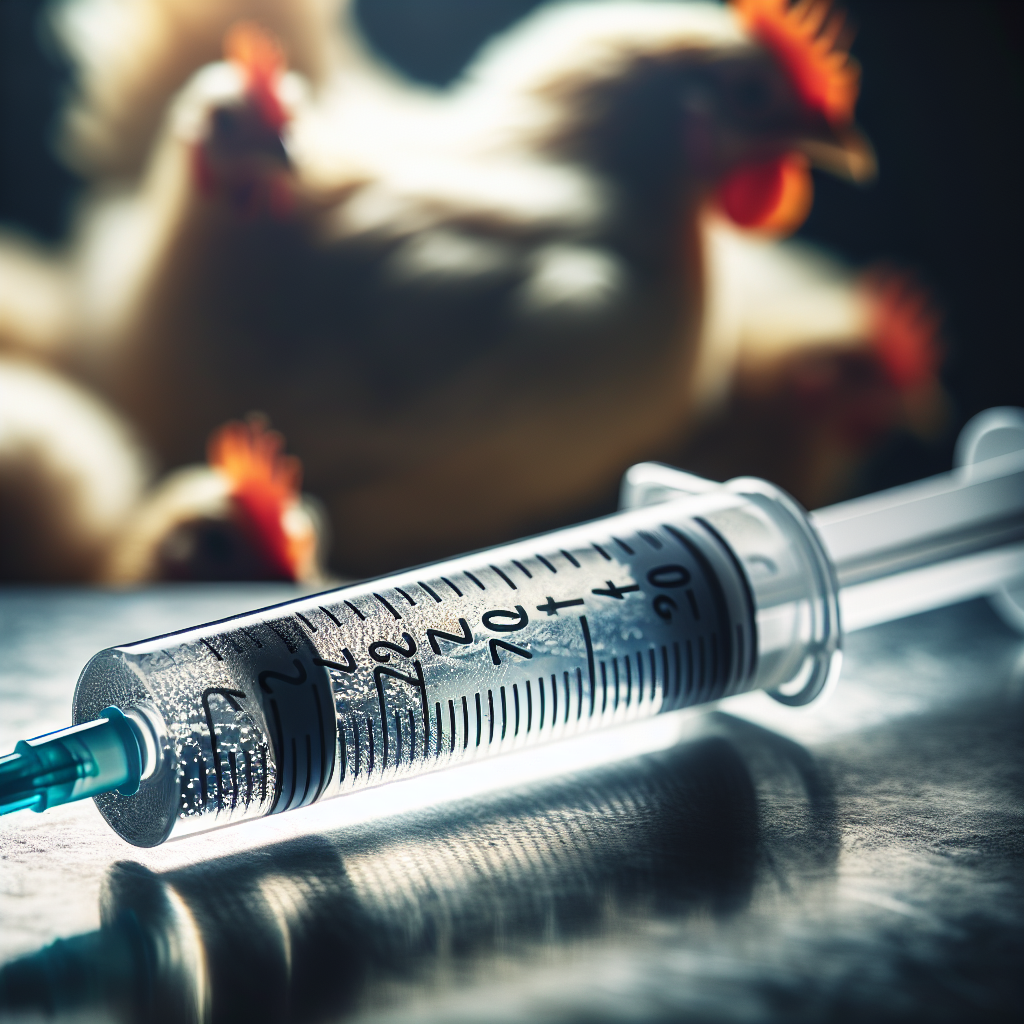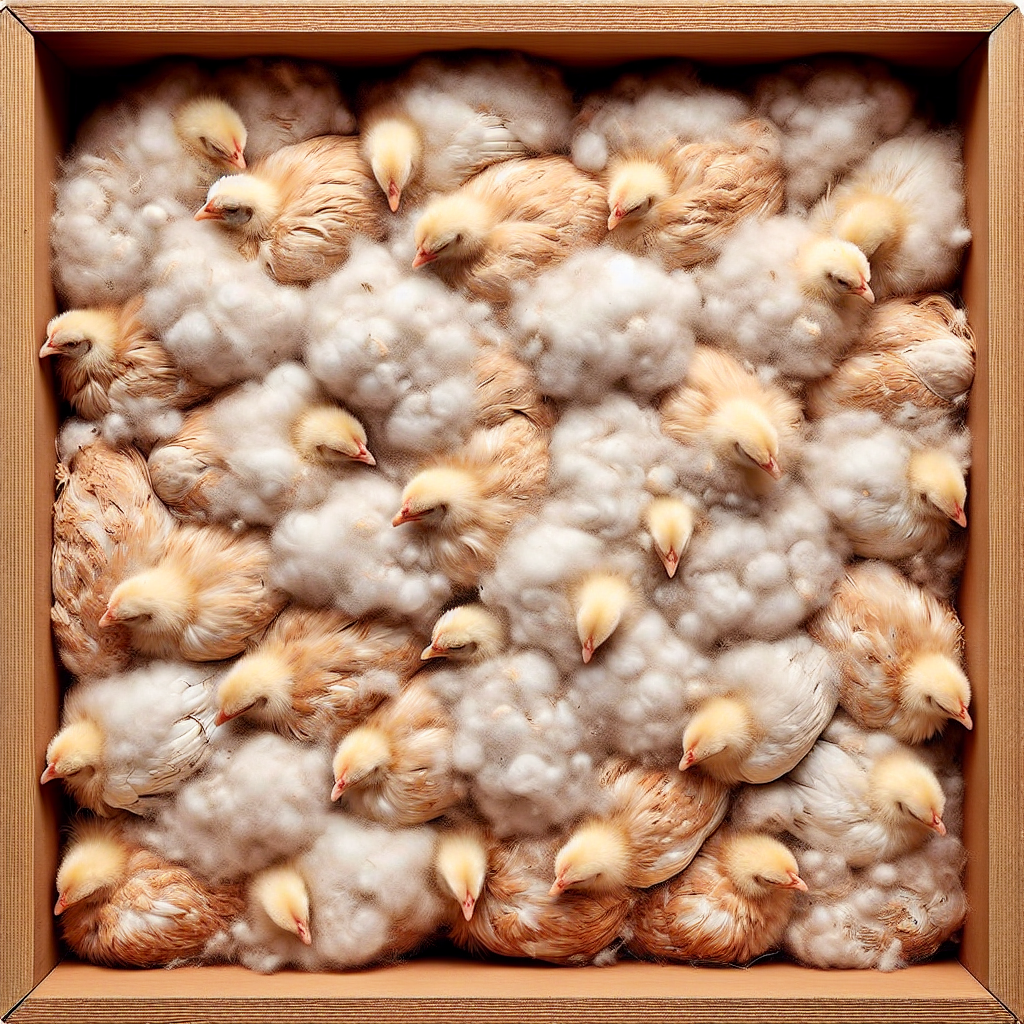Hey, chicken enthusiasts! Ever wondered about the symptoms and treatments for fowl pox in our feathered friends? Well, look no further because we’ve got all the info you need right here. Fowl pox is a viral infection that can affect your chickens, causing them discomfort and distress. From scabby lesions to respiratory issues, we’ll walk you through the key symptoms to watch out for. But don’t worry, we won’t leave you hanging! We’ll also explore the various treatment options available to help your chickens recover and bounce back to their clucking best. So, let’s dive in and get clucking about fowl pox!
Symptoms of Fowl Pox in Chickens
Fowl pox is a highly contagious viral disease that affects chickens. It can cause significant harm to the flock if not detected and treated in a timely manner. There are various symptoms that indicate the presence of fowl pox in chickens, both in the early and progressive stages of the disease.
Early Symptoms
In the early stages of fowl pox, chickens may exhibit symptoms such as decreased appetite, decreased egg production, and a decrease in overall activity levels. Additionally, chickens may develop small, raised, yellowish-white bumps on their skin, particularly around the non-feathered areas such as the comb, wattles, and legs. These bumps, commonly referred to as papules, can be felt when touched and may evolve into scabs over time.
Progressive Symptoms
As fowl pox progresses, more severe symptoms may manifest in affected chickens. These include the formation of larger raised lesions known as plaques. These plaques can become thick, black, and crusty in appearance. Chickens may also experience respiratory distress, difficulty breathing, and coughing. In some cases, the disease can spread to the mouth and throat, causing cankers and ulcers, which can make eating and drinking painful for the chickens.
Clinical Signs of Fowl Pox in Chickens
Fowl pox can be categorized into two forms based on the clinical signs observed in chickens: the dry form and the wet form.
Dry Form
The dry form of fowl pox is characterized by the development of scaly lesions on the unfeathered areas of the chicken’s body. These lesions usually appear as small, raised bumps and progress to dark, dry scabs. The scabs gradually fall off, leaving behind healed skin. Chickens affected by the dry form typically experience mild symptoms, such as decreased appetite and reduced egg production, with a relatively low mortality rate.
Wet Form
In the wet form of fowl pox, the lesions are accompanied by a buildup of pus, resulting in the formation of a yellowish-white material. These wet pox lesions are commonly found in the oral cavity, respiratory tract, and other mucous membranes. Chickens with the wet form tend to show more severe symptoms, including difficulty eating and breathing, nasal discharge, and an increased mortality rate compared to those with the dry form.
Transmission of Fowl Pox in Chickens
Understanding how fowl pox spreads is essential in preventing its transmission and protecting your flock.
Direct Contact
Direct contact with an infected bird is the primary mode of fowl pox transmission. The virus can be present in the scabs, cankers, and pox lesions, which can easily be transmitted from chicken to chicken through pecking, scratching, or even close contact. This is why separating infected birds from healthy ones is crucial to prevent the spread of the disease.
Insects
Insects such as mosquitoes can act as carriers of the fowl pox virus. When mosquitoes bite infected birds, they can pick up the virus and transmit it to healthy chickens when they bite them. It is essential to implement effective mosquito control measures, such as using insecticides, maintaining clean surroundings, and minimizing standing water, to prevent the transmission of fowl pox through insects.
Diagnosing Fowl Pox in Chickens
Accurate and timely diagnosis of fowl pox is crucial for implementing appropriate treatment and control measures.
Physical Examination
A veterinarian can perform a physical examination of the affected chickens to identify characteristic scabs, lesions, or cankers associated with fowl pox. They will also evaluate the overall health of the flock, checking for any respiratory distress or other symptoms.
Laboratory Tests
In addition to a physical examination, laboratory tests can be conducted to confirm the presence of fowl pox. These tests include taking swabs from lesions or cankers to detect the specific virus responsible for the disease. By identifying the virus, the veterinarian can ensure an accurate diagnosis and provide appropriate treatment recommendations.
Preventing Fowl Pox in Chickens
Prevention plays a vital role in mitigating the impact of fowl pox on your flock. There are several measures you can take to protect your chickens from this highly contagious disease.
Vaccination
Vaccination is an effective way to prevent fowl pox in chickens. Administering the fowl pox vaccine to your flock can build immunity and reduce the risk of infection. Consult with a veterinarian to determine the appropriate vaccine and vaccination schedule for your chickens.
Biosecurity Measures
Implementing strict biosecurity measures is crucial to prevent the introduction and spread of fowl pox. This includes maintaining a clean and hygienic environment, regularly disinfecting equipment and housing, and restricting access to outsiders. Additionally, practicing good hygiene, such as washing hands and changing clothes and footwear before entering the chicken coop, can help minimize the risk of disease transmission.
Treating Fowl Pox in Chickens
While there is no specific antiviral treatment for fowl pox, several supportive care measures can help alleviate the symptoms and facilitate the recovery of infected chickens.
Supportive Care
Providing supportive care to affected chickens is essential in their recovery. This includes ensuring a stress-free environment, offering a balanced and nutritious diet, and encouraging adequate hydration. Isolating infected birds and promoting rest can prevent the further spread of the disease and allow them to recover more effectively.
Secondary Infection Treatment
In some cases, fowl pox can lead to secondary bacterial infections, particularly when the wet form is present. Treatment with appropriate antibiotics may be necessary to combat these secondary infections. Working closely with a veterinarian is essential to determine the appropriate antibiotic treatment and ensure the best outcome for the affected chickens.
Natural Remedies for Fowl Pox in Chickens
In addition to conventional treatment options, some natural remedies may help alleviate symptoms and boost the immune system of chickens affected by fowl pox.
Topical Treatments
Applying soothing and healing topical treatments, such as aloe vera gel or coconut oil, to the pox lesions can provide relief and promote faster healing. These natural remedies can help reduce discomfort and minimize the chances of secondary infections.
Immune Boosters
Boosting the immune system of infected chickens can aid in their recovery. Natural immune boosters, such as herbs like garlic and oregano, can be included in their diet. Additionally, ensuring a well-balanced and nutrient-rich diet can support their overall immune function.
When to Seek Veterinary Assistance
While many cases of fowl pox can be managed with supportive care and natural remedies, it is crucial to seek veterinary assistance when necessary. If you notice severe respiratory distress, increased mortalities, or other concerning symptoms in your flock, consulting with a veterinarian is recommended. They can provide guidance, accurate diagnosis, and appropriate treatment options to ensure the best possible outcome for your chickens.
Precautions when Dealing with Fowl Pox in Chickens
Taking necessary precautions when dealing with fowl pox is essential to limit its spread and protect the overall health of your flock.
Isolation
Isolating infected chickens from the healthy ones is crucial to prevent the transmission of fowl pox. Creating a separate area or housing unit for the affected birds can help minimize contact and reduce the risk of further spread.
Sanitation
Maintaining proper sanitation practices is vital when dealing with fowl pox. Regularly disinfecting equipment and housing, removing any scabs or crusts, and washing hands thoroughly after handling infected chickens can help prevent contamination and minimize the risk of disease transmission.
Conclusion
Fowl pox is a highly contagious viral disease that can have significant impacts on chicken flocks. Recognizing the early and progressive symptoms, implementing preventive measures such as vaccination and biosecurity practices, and providing appropriate supportive care are crucial in managing fowl pox effectively. While natural remedies may assist in alleviating symptoms, it is important to seek veterinary assistance when needed to ensure the best possible outcome for your chickens. By taking necessary precautions, practicing good sanitation, and acting promptly, you can safeguard the health and well-being of your flock and minimize the negative impact of fowl pox.




